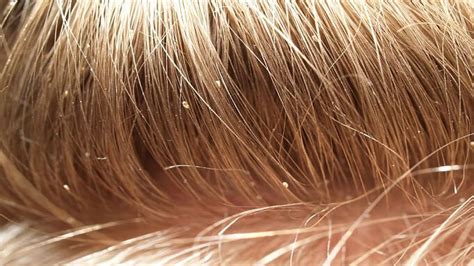How to Look For Lice: A Comprehensive Guide
Finding lice can be a daunting task, but with the right knowledge and techniques, you can effectively check for head lice infestations in yourself and others. This guide provides a step-by-step approach to help you identify lice and nits (lice eggs).
Understanding Head Lice
Before we dive into the inspection process, it's crucial to understand what you're looking for. Head lice are tiny insects that live on the human scalp and feed on blood. They are highly contagious and spread through direct head-to-head contact. Identifying lice and their eggs (nits) is key to effective treatment.
What to Look For:
- Lice: These are small, six-legged insects, about the size of a sesame seed. They are grayish-white or tan and can be difficult to spot against the scalp. Adult lice are most active and easiest to spot. They move quickly, so a thorough and methodical search is essential.
- Nits: These are the eggs of head lice, firmly attached to the hair shaft near the scalp. They appear as tiny, white or yellowish oval specks. Unlike dandruff, nits are difficult to remove and adhere strongly to the hair.
Step-by-Step Lice Check
Proper lighting is essential for effective lice detection. Use a bright light source, preferably natural daylight or a magnifying glass with a bright LED light.
1. Preparation:
- Gather your tools: You'll need a fine-toothed comb, a bright light source (natural light is best), and possibly a magnifying glass.
- Clean the area: Clear the area where you'll be conducting the check to ensure a clutter-free and comfortable workspace.
2. Parting the Hair:
- Systematic approach: Divide the hair into small sections using a comb or your fingers. Work your way from the hairline to the nape of the neck. Pay close attention to the areas behind the ears and at the base of the neck – these are common locations for lice infestation.
- Thorough inspection: Examine each section carefully, checking both the scalp and the hair shaft. Don't rush the process; meticulous examination is key.
3. Identifying Lice and Nits:
- Live lice: Look for small, moving insects. Remember they are quick, so careful observation is vital.
- Nits: Look for small, oval-shaped, pearly white or yellowish specks firmly attached to the hair shaft near the scalp. Try to dislodge a suspected nit; if it doesn't easily detach, it is likely a nit and not dandruff.
4. Using a Fine-Toothed Comb:
- Wet hair: Wetting the hair can make lice and nits easier to see and remove.
- Comb through each section: Slowly and meticulously comb through each section of hair, checking the comb after each stroke for lice or nits.
- Clean the comb: Rinse the comb frequently to remove any lice or nits collected.
Distinguishing Lice from Dandruff
One of the biggest challenges in detecting lice is differentiating them from dandruff. Here's how to tell the difference:
- Dandruff: Dandruff is loose, flaky, and easily brushed or combed away. It’s typically found throughout the hair, not just near the scalp.
- Nits: Nits are firmly attached to the hair shaft and difficult to remove. They're usually close to the scalp.
If you suspect an infestation, consult a healthcare professional or a dermatologist for accurate diagnosis and treatment recommendations. Do not self-treat based solely on online information.
Preventing Lice Infestations
While this guide helps with detection, prevention is equally important. Here are some preventative measures:
- Avoid head-to-head contact: Limit close contact with others, particularly in crowded areas.
- Regular checks: Perform regular checks on your hair and scalp to detect infestations early.
- Don't share personal items: Avoid sharing hats, combs, brushes, and other personal items.
Remember, early detection and proper treatment are crucial in managing head lice infestations. By following these steps, you can effectively check for lice and take appropriate action if necessary.
